Risk Management holds a greater degree of importance in today’s day and age. Factually, risk management tends to be important on a number of grounds, essentially on grounds of reducing business uncertainty. There is a lot of literature available that highlights the importance of risk management to prepare professionals with the best results so that better output can be achieved.
Disclosure: This article includes affiliate links. As an Amazon associate participant, I earn a small commission on any qualifying purchase if you click the link and decide to make a final purchase through any affiliate links.
#1. Risk: A User’s Guide – by Stanley Mc Chrystal and Anna Butrico
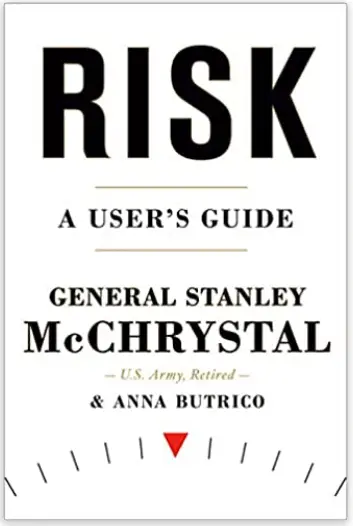
This particular book is considered one of the greatest books in Risk Management, primarily because it highlights the reason as to why individuals, as well as organizations, fail to mitigate the overall risk exposure that they have. Therefore, the authors of the book use this as a starting point in order to determine what needs to be done in order to create an environment that can somewhat result in controlling risk.
It realizes that although risk altogether cannot be removed, yet there are strategies that can be implemented that can somewhat reduce the overall element of risk involved. The main rationale that it follows is the fact that it promotes companies to maintain a healthy Risk Immune System that can enable them to anticipate, identify and subsequently analyze the possibility of things not going as planned.
#2. The Black Swan, Second Edition: The Impact of the Highly Improbable: With a new section: “On Robustness and Fragility” – By Joe Ochman, and Nassim Nicholas Taleb
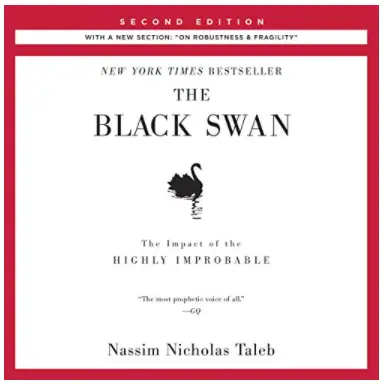
This standalone book mostly investigates the element of opacity, luck, uncertainty, probability, human risk, as well as error. The Black Swan itself is such an event that is unpredictable, carries a massive impact, and has a higher impact as compared to other events.
Therefore, all this information is important in order to impart important knowledge, related to risk management in the highly agile business environment. This particular book is important because it greatly impacts the way the world is perceived by people.
#3. Options as a Strategic Investment: Fifth edition – by Lawrence G. McMillan
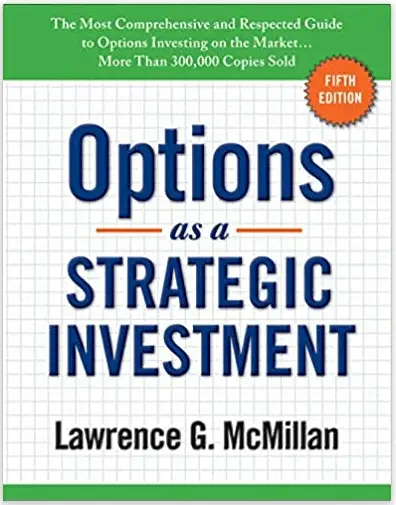
This particular book includes several different domains pertaining to risk management in organizations, depending on the innovative products that are available. They include buying and selling strategies for Long Term Anticipation Securities, as well as a thorough analysis of neutral trading, and how it works and can improve the users’ overall profitability.
Similarly, it covers areas pertaining to futures, as well as options. With other investors that are familiar with the options market, this is a comprehensive reference that is in place pertaining to different concepts, as well as strategies and how they work in different situations.
#4. Against the Gods: The Remarkable Story of Risk – by Peter L Bernstein, and Mike Fraser
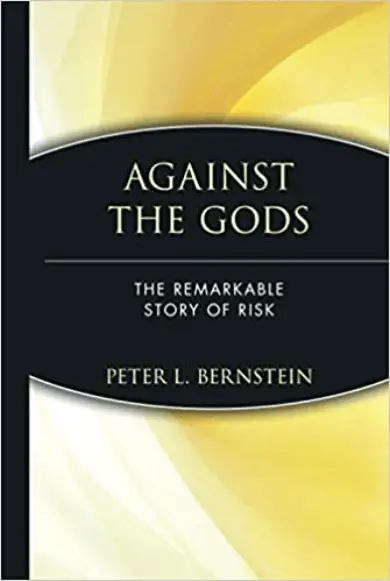
This is one of the bestsellers in Risk Management. It covers areas pertaining to controlling risk so that the returns can be maximized in modern times as compared to the recent past. This bo0o can best be defined as an intellectual adventure that liberated humanity from the oracles as well as other powerful tools of risk management that are available in the modern-day setting.
#5. Fundamentals of Risk Management – by Paul Hopkin
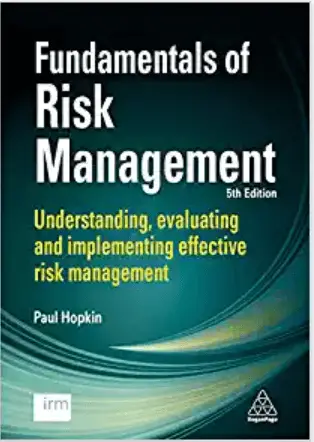
The 5th Edition of the book Fundamentals of Risk Management provides a comprehensive introduction towards commercial and business risks for students, as well as other risk professionals. They provide extensive coverage of the core frameworks of business continuity planning, as well as enterprise risk management, and project risk management.
It also includes practical real-life examples, like the case of Ericsson, Network Rail, and Unilever. Therefore, this book provides full analysis in contemporary risk areas that include supply chain, cyber risk, as well as other risk cultures and appetites.
#6. Radical Uncertainty: Decision-Making Beyond the Numbers – by John Kay
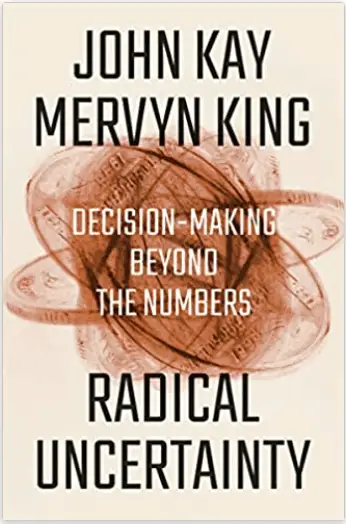
Risk can be of various different types and categories when it comes to business models. In this regard, it is important to make note of the fact that whilst some uncertainties can be resolved, others can be ignored. Radical uncertainty concerns events that are determined by other probabilities inculcated in the forecasting of events.
Therefore, this book covers aspects pertaining to business uncertainty, and how it impacts different business combinations in the modern-day business dynamic.
#7. Market Tremors: Quantifying Structural Risks in Modern Financial Markets 1st ed. 2021 Edition – by Hari P. Krishnan
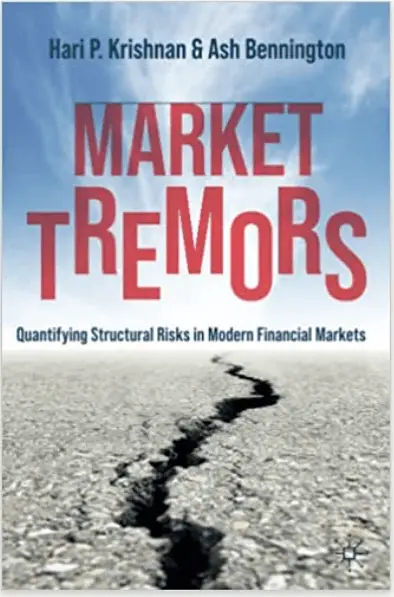
Following the Global Financial Crisis, the financial markets have taken a dramatic turn. Modern-day businesses are majorly impacted by decisions taken by the central banks, as well as other commercial banks. This particular book prepares businesses and risk individuals to deal with issues including credit, positioning, and the liquidity risk that investors face in the modern age.
There are several different techniques introduced across the scope of the book, which helps individuals to adjust for traditional risk measures. These techniques are mostly introduced along the lines of statistical physics, as well as game theory in order to quantify the large events on the distribution of forward returns.
#8. Insurance for Dummies – by Jack Hunglemann

Risk and Insurance Management tend to be one of the most critical areas. Despite insurance being a very subjective field, it can be seen that there are several different aspects that can still be covered by users. Therefore, this book covers areas pertaining to the basics of insurance, and various different categories of insurance management that are included in the normal state of affairs of the business. It is important for businesses to take insurance on the road, as well as properly understanding homeowner’s and renter’s insurance that is critical on numerous different grounds.
Overall risk incidence reduction and management are one of the core themes of this book, and readers with no prior knowledge about insurance, or other technical jargon can very well make use of this in order to ensure that businesses meet their expenses in a proper manner.
#9. ISE Financial Institutions Management: A Risk Management Approach – by Anthony Saunders, Marcia Millon Cornett and Otgo Erhemjamts
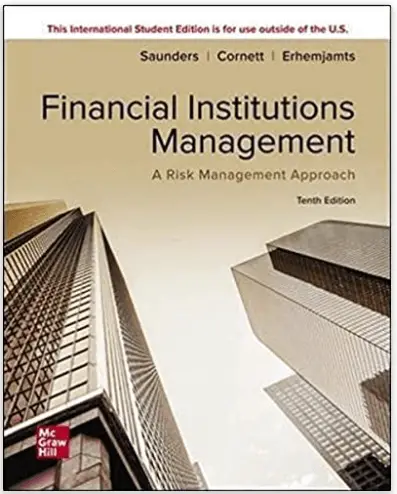
This particular book is one of the best sellers in terms of providing innovative approaches to managing risk and return-related policies. The central theme of the book centers on the risks that are faced by financial institution managers, as well as methods and markets through which risk mitigation can somewhat be utilized.
Therefore, it covers several different areas pertaining to risk management, and how companies can manage their risks so that companies are able to manage their risk profiles in a proper manner.
#10. The Failure of Risk Management: Why is it broken and how to fix it? – by Douglas W. Hubbard
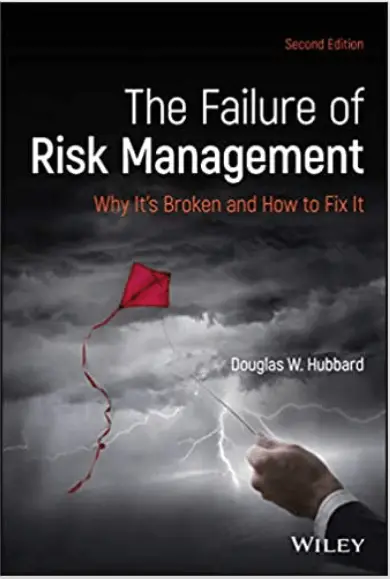
This book is one of the most relevant resources in modern-day risk management. It includes current and more relevant risk management methods that can be used in terms of depicting accurate quantitative analysis methods, as well as yielding strategies that can work to make things worse.
It draws comparisons between the older risk management techniques, as well as the new ones, and how they differ in reducing the element of risk involved in modern-day business.
